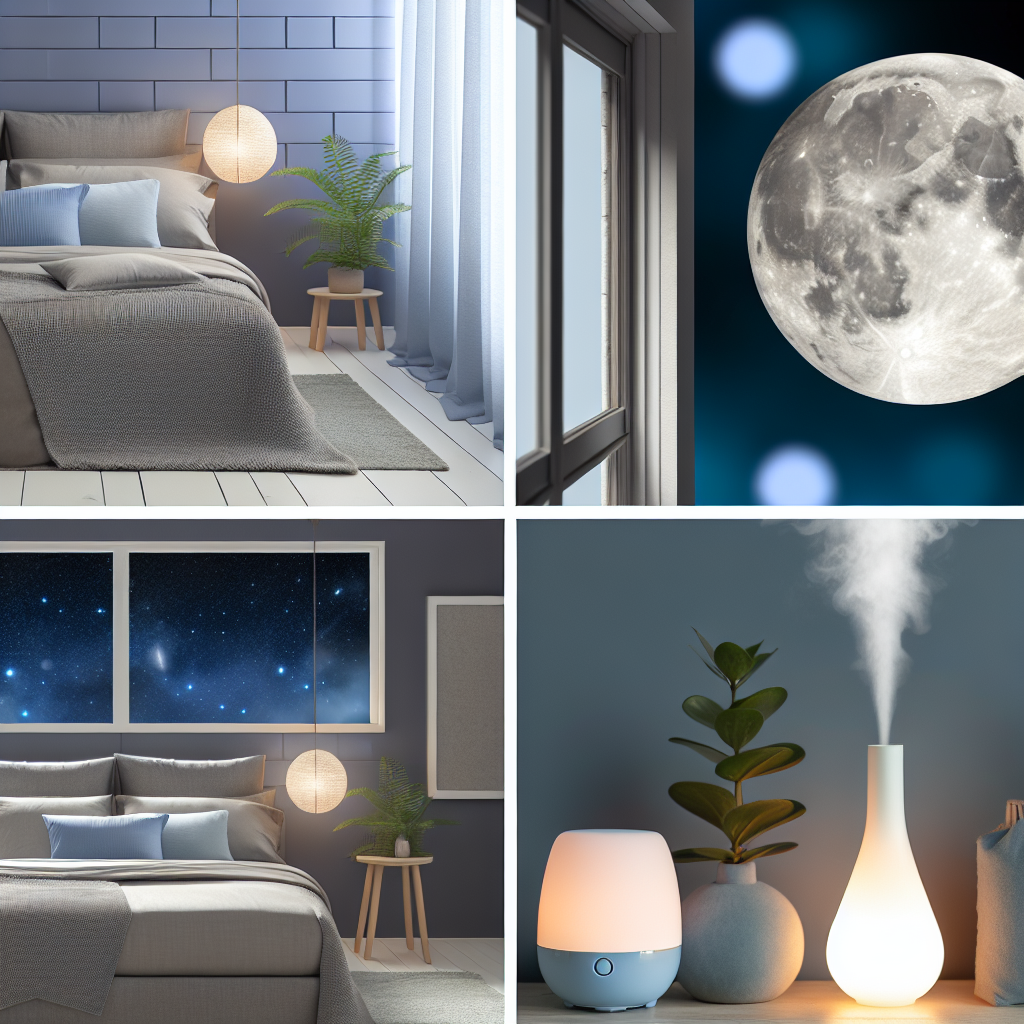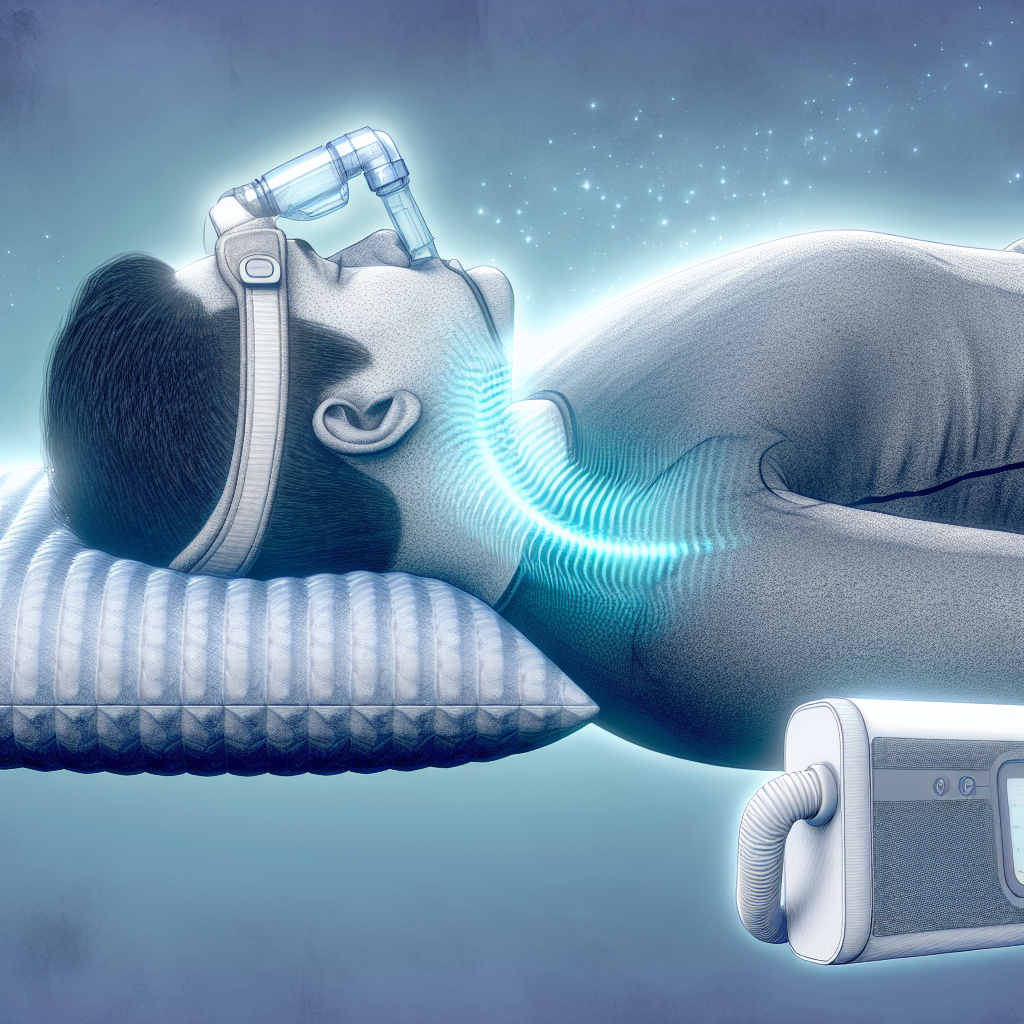# Night Terror Prevention: Bedroom Environment Trigger Reduction
Understanding Night Terrors: The Hidden Role of Your Sleep Space
Night terrors, also known as sleep terrors, are episodes characterized by sudden arousals from deep sleep accompanied by intense fear, screaming, flailing, and autonomic symptoms such as sweating and rapid breathing. Most common in children aged 3 to 12, these distressing episodes can also occur in adults and are often misunderstood or misdiagnosed.
Unlike nightmares, which typically occur during REM (rapid eye movement) sleep and are remembered upon waking, night terrors take place during non-REM sleep—usually within the first few hours after falling asleep. Individuals often have no memory of the event, making it even more perplexing for caregivers and sufferers alike.
Though the exact cause of night terrors remains elusive, environmental factors are gaining attention as influential triggers. Noisy surroundings, fluctuating temperatures, artificial light sources, and even a chaotic or cluttered bedroom can disturb sleep hygiene and contribute to night terrors. Creating a tranquil and controlled sleeping environment is being recognized as a key holistic strategy to reduce these episodes.
In today’s digital and fast-paced world, modern life introduces a wide array of sleep disruptions: exposure to screens late at night, irregular sleep schedules, high stress levels, and overstimulation before bedtime, among others. These can increase the likelihood of night terrors by interrupting natural sleep processes.
This article explores science-backed interventions focused on optimizing the sleep environment for both children and adults. From lighting adjustments and noise control to room temperature and layout, we’ll break down the critical components of an ideal sleep space. Supporting studies and practical techniques will guide you in creating a bedroom that supports quality sleep and minimizes the risk of environmental sleep disturbances.
Whether you’re a parent eager to help a child suffering from night terrors or an adult encountering mysterious nocturnal episodes, building a sanctuary-like sleep space could be your first step toward peaceful nights and brighter mornings.
Science Speaks: How the Sleep Environment Impacts Night Terrors
Extensive research has underscored the influence of the sleep environment on parasomnias such as night terrors. According to a 2004 study published in the journal *Pediatrics*, children are more vulnerable to these episodes when sleep routines are inconsistent or when exposed to sensory disturbances during non-REM sleep. A reliable bedtime routine and low-stimulation sleep setting were shown to significantly reduce occurrences.
Temperature regulation is vital to optimal sleep. The National Sleep Foundation recommends keeping bedroom temperatures between 60°F and 67°F (15.6°C to 19.4°C). Deviation from this range may prompt micro-awakenings, which can trigger a night terror episode. Investing in thermostats, breathable bedding, and layered pajamas can help maintain this range.
Lighting, especially from digital screens, has a direct impact on melatonin production and sleep latency. A Harvard Medical School study revealed that blue light exposure before bed not only delays sleep onset but also reduces overall sleep quality, increasing the chance of abrupt awakenings during deep sleep when night terrors typically occur. Dimming lights an hour before bed and using blue light filters on devices can mitigate this risk.
Noise disruption is another major trigger. Sudden jolts of sound can stimulate the central nervous system during slow-wave sleep, the phase in which night terrors occur. White noise machines or soft ambient sounds can mask disruptive background noise. Soundproof curtains and minimizing night-time movement in shared homes are practical additions.
Air quality also matters. Environmental irritants like dust mites, mold, and pet dander aggravate respiratory systems and may trigger arousal from deep sleep. Solutions such as hypoallergenic bedding, regular vacuuming, and HEPA filters are effective in creating a healthier sleep space.
Researchers have also found that cluttered or chaotic environments elevate cortisol levels—the stress hormone—disrupting sleep regulation. A study in the *Personality and Social Psychology Bulletin* highlighted that people with disorganized living spaces report poorer sleep and higher anxiety levels. Keeping the bedroom tidy and minimalistic contributes significantly to psychological calm and deeper sleep.
Each of these modifications, while simple, can have profound results when implemented consistently. Together, they help build a bedroom that supports the neurological and emotional conditions necessary for uninterrupted, restorative sleep.
Restful Nights Begin in the Bedroom: Final Thoughts on Night Terror Prevention
Night terrors can be both terrifying and exhausting for those experiencing them and their loved ones. While the episodes may sometimes appear unpredictable or unpreventable, tailoring your sleeping surroundings can offer a powerful buffer against environmental triggers that lead to sleep disturbances.
Focusing on foundational aspects such as room temperature, ambient noise, lighting, air quality, and organization can promote a serene sleep environment that reduces the risk of night terrors. Backed by medical research and practical application, these interventions are accessible, affordable, and easily adaptable into any household routine.
Instead of immediately turning to medical treatments or medications, optimizing the bedroom should be a primary and proactive approach. It not only supports better overall sleep health but enhances mood, stress management, and daytime functioning.
Ultimately, good sleep is a critical pillar of mental and physical health. A calm, clean, and consistent sleep environment is far more than just aesthetically pleasing—it’s therapeutic. Whether you’re navigating childhood sleep challenges or managing adult parasomnias, prioritizing environmental cues in your bedroom empowers you with a first-line defense in the fight against night terrors.
References
– National Sleep Foundation. “What’s the Best Temperature for Sleep?”
– Harvard Medical School. “Blue Light Has a Dark Side.”
– *Pediatrics* Journal. “Sleep and Well-Being in Adolescents.”
– American Academy of Sleep Medicine. “Night Terrors.”
– Personality and Social Psychology Bulletin. “Chronically Disorganized Living Spaces and Cortisol Levels.”
Want to continue improving your sleep health? Visit Medoze.com for more evidence-based strategies and lifestyle tools to enhance your sleep and overall well-being.
Concise Summary:
Night terrors can be a distressing experience, but optimizing the sleep environment can be a powerful strategy to reduce their occurrence. By focusing on factors like temperature regulation, lighting, noise control, air quality, and room organization, you can create a tranquil and supportive sleep space that minimizes environmental triggers and promotes uninterrupted, restorative sleep.

Dominic E. is a passionate filmmaker navigating the exciting intersection of art and science. By day, he delves into the complexities of the human body as a full-time medical writer, meticulously translating intricate medical concepts into accessible and engaging narratives. By night, he explores the boundless realm of cinematic storytelling, crafting narratives that evoke emotion and challenge perspectives.
Film Student and Full-time Medical Writer for ContentVendor.com




